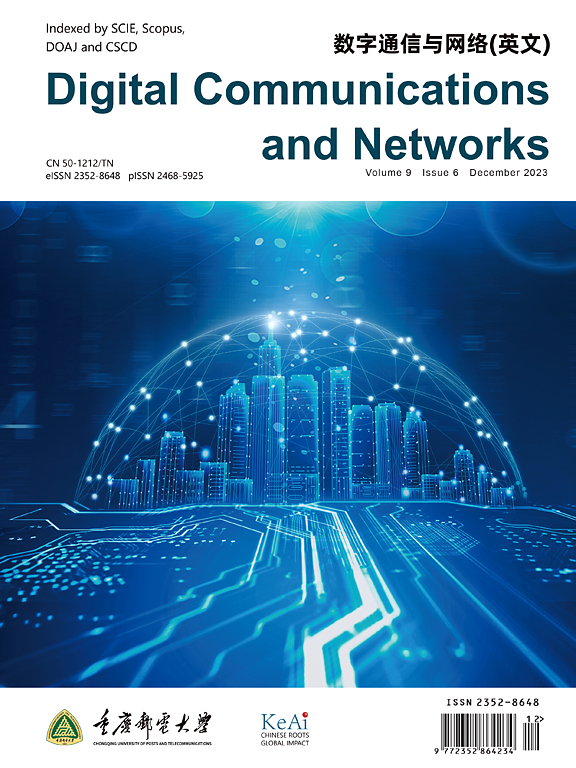A fusion deep learning framework based on breast cancer grade prediction
IF 7.5
2区 计算机科学
Q1 TELECOMMUNICATIONS
引用次数: 0
Abstract
In breast cancer grading, the subtle differences between HE-stained pathological images and the insufficient number of data samples lead to grading inefficiency. With its rapid development, deep learning technology has been widely used for automatic breast cancer grading based on pathological images. In this paper, we propose an integrated breast cancer grading framework based on a fusion deep learning model, which uses three different convolutional neural networks as submodels to extract feature information at different levels from pathological images. Then, the output features of each submodel are learned by the fusion network based on stacking to generate the final decision results. To validate the effectiveness and reliability of our proposed model, we perform dichotomous and multiclassification experiments on the Invasive Ductal Carcinoma (IDC) pathological image dataset and a generated dataset and compare its performance with those of the state-of-the-art models. The classification accuracy of the proposed fusion network is 93.8%, the recall is 93.5%, and the F1 score is 93.8%, which outperforms the state-of-the-art methods.
基于乳腺癌等级预测的融合深度学习框架
在乳腺癌分级中,he染色病理图像之间的细微差异和数据样本数量不足导致分级效率低下。随着深度学习技术的迅速发展,深度学习技术已广泛应用于基于病理图像的乳腺癌自动分级。本文提出了一种基于融合深度学习模型的综合乳腺癌分级框架,该框架使用三种不同的卷积神经网络作为子模型,从病理图像中提取不同层次的特征信息。然后,通过基于叠加的融合网络学习各子模型的输出特征,生成最终的决策结果。为了验证我们提出的模型的有效性和可靠性,我们对浸润性导管癌(Invasive Ductal Carcinoma, IDC)病理图像数据集和生成的数据集进行了二分类和多分类实验,并将其性能与最先进的模型进行了比较。该融合网络的分类准确率为93.8%,召回率为93.5%,F1分数为93.8%,优于目前的方法。
本文章由计算机程序翻译,如有差异,请以英文原文为准。
求助全文
约1分钟内获得全文
求助全文
来源期刊

Digital Communications and Networks
Computer Science-Hardware and Architecture
CiteScore
12.80
自引率
5.10%
发文量
915
审稿时长
30 weeks
期刊介绍:
Digital Communications and Networks is a prestigious journal that emphasizes on communication systems and networks. We publish only top-notch original articles and authoritative reviews, which undergo rigorous peer-review. We are proud to announce that all our articles are fully Open Access and can be accessed on ScienceDirect. Our journal is recognized and indexed by eminent databases such as the Science Citation Index Expanded (SCIE) and Scopus.
In addition to regular articles, we may also consider exceptional conference papers that have been significantly expanded. Furthermore, we periodically release special issues that focus on specific aspects of the field.
In conclusion, Digital Communications and Networks is a leading journal that guarantees exceptional quality and accessibility for researchers and scholars in the field of communication systems and networks.
 求助内容:
求助内容: 应助结果提醒方式:
应助结果提醒方式:


